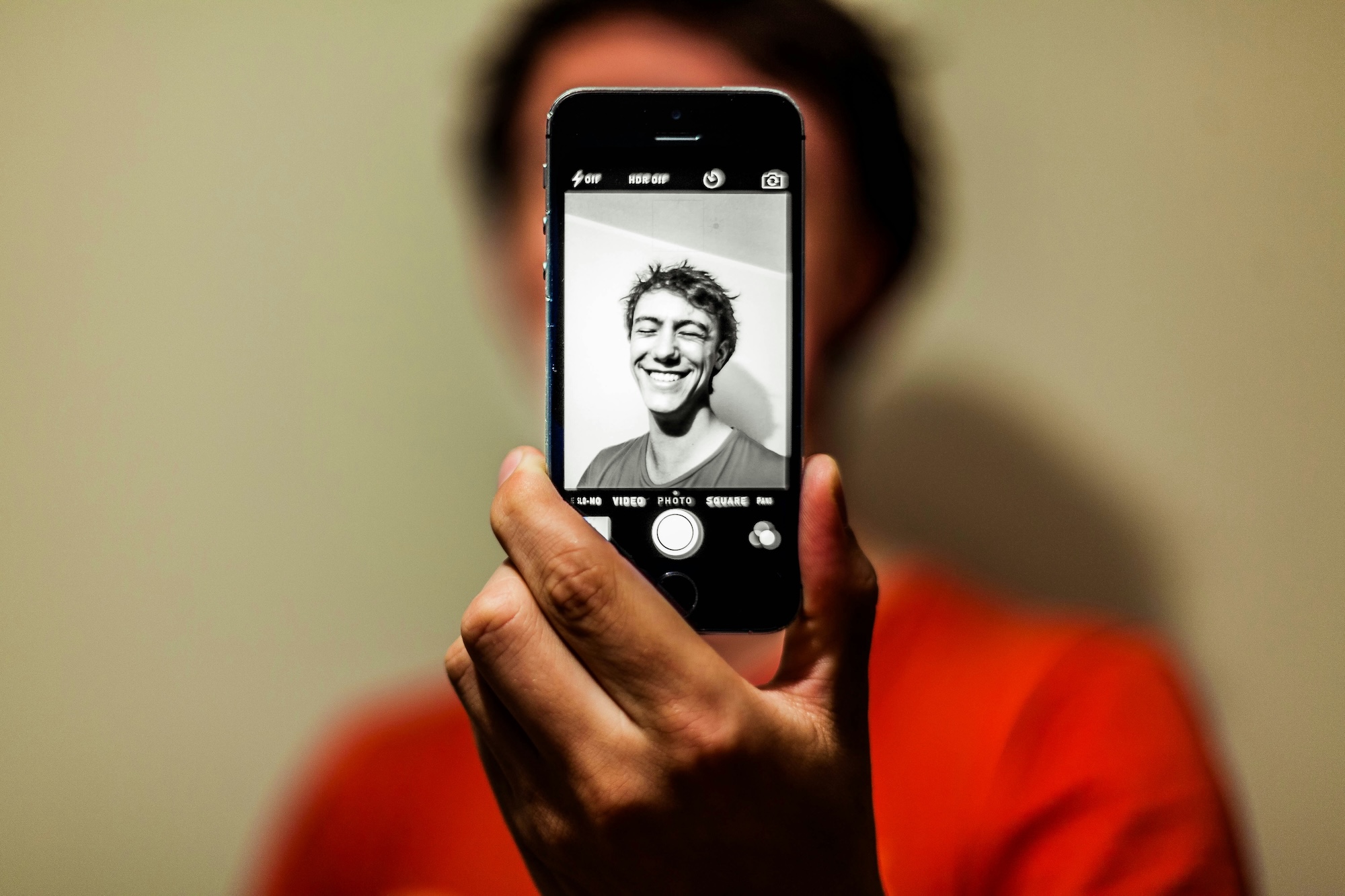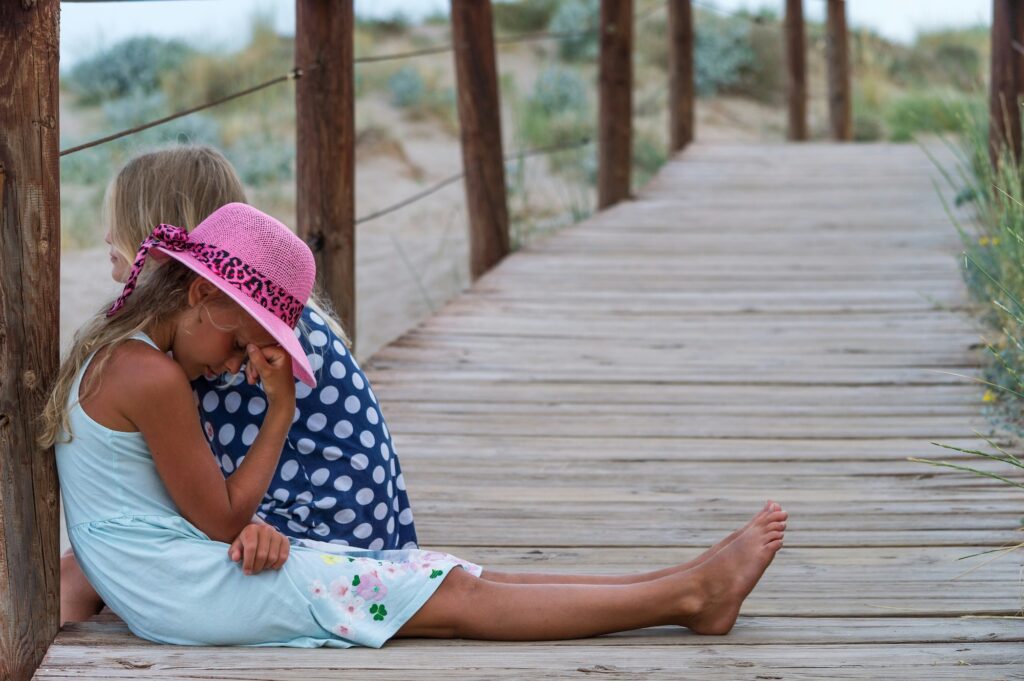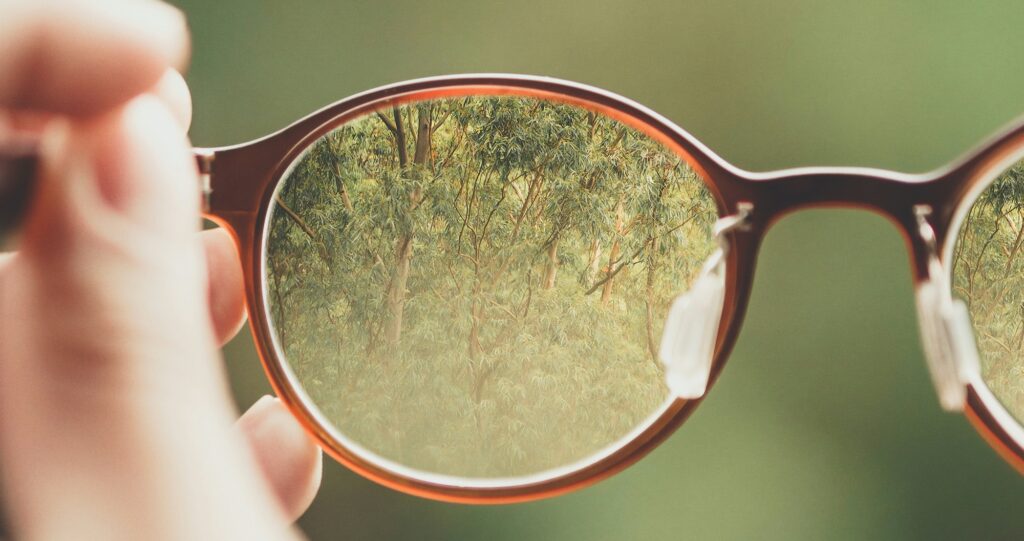We can’t change the world without first understanding who’s doing the changing.
The Age of the Self(ie)
We live in an era obsessed with the self.
The “selfie” became the symbol of a generation. We record, brand, and broadcast our lives to the world. We track our steps, followers, and moods in real time. We’ve become our own marketers, promoters, and curators. The age of the personal brand.
Yet for all this exposure, few of us have met ourselves, truly.
Authenticity has become a trend, a currency in the digital marketplace.
Words that once pointed toward depth like self-awareness, vulnerability, alignment, are now scattered across social feeds like confetti. When words with real meaning become trendy, they lose their essence. We forget that they are practices, not posts. They demand embodiment, not aesthetics.
We’ve never talked more about the Self, yet we’ve never been more divided as a humanity. We mistake identity for essence, image for integrity, validation for value. We live in a culture where people mistake profiles for people and where perfection is posed as authenticity. We are becoming self-conscious but not necessarily self-aware.
If self-awareness is supposedly at an all-time high, why do we feel so fragmented and disconnected… from each other, from nature, from purpose, even from our own inner truth?
Something fundamental has been lost in translation. And that something is the relationship with the Self itself.

What Is the Self, Really?
Psychology, neuroscience, and spirituality all attempt to explain the Self, each revealing one facet of a larger mystery.
Psychologically, the Self is the part of us that can observe our thoughts, emotions, and behaviors with curiosity instead of judgment. Internal Family Systems (IFS), a therapeutic framework by Dr. Richard Schwartz, describes the mind as a community of “parts.” You might have a protector part that gets defensive when criticized, a pleaser part that wants everyone to be happy, and a child part that still carries old wounds.
Beneath all these roles exists a calm, compassionate Self that can hold them all with understanding. When you say, “A part of me is angry, but another part feels hurt,” you’re speaking from that Self; the one who notices, instead of the one reacting.
Neuroscientifically, the Self connects to metacognition (thinking about our thinking) and interoception (sensing what’s happening in our body). When we become aware of our inner state—our breath quickening, our heart tightening—the brain’s regulation centers activate. Naming an emotion, like saying “I feel anxious,” lowers activity in the amygdala and restores balance to the nervous system. The Self is the part of you that can pause and say, “Something in me feels scared,” instead of being consumed by fear itself.
Spiritually, the Self is the consciousness behind experience. You can sense it in meditation, in silence, or in awe… those moments when you witness your thoughts passing by like clouds and realize you are not them. You are the sky that holds them.
In Eastern traditions like Yoga and Buddhism, the Self isn’t the persona but pure awareness; the witness behind all experience. Psychology calls it metacognition; spirituality calls it consciousness. They’re describing the same phenomenon in different languages..
It would anchor the cross-cultural dimension you hinted at.
If you’ve ever caught yourself mid-reaction and thought, “Why did I just do that?” that flicker of awareness is your Self awakening. It is both the mirror and the witness. And it’s the foundation of every form of growth that lasts.
How the Self Gets Eroded
The erosion of the Self begins early.
Many of us were praised for being good, quiet, helpful, or successful, not for being real. We learned that belonging often required shrinking parts of ourselves. We learned to adapt instead of to express.
Maybe you grew up in a family of doctors but secretly loved music, so you buried your creativity to fit in.
Maybe you were the mediator who kept peace in a tense household and learned to silence your own needs.
Maybe you became the achiever because love seemed to follow success.
Each time we hide a truth to stay safe, a layer of the Self goes underground. We unconsciously shame that part of ourselves. Remember, shame loves shadows.
We grow up fluent in pretending, even to ourselves in order to ‘fit in’ to the system we grew up in. After all, we are wired for belonging. Eventually, authenticity feels foreign, even dangerous.
For some, this becomes a prison we need to break free from.
As adults, we often need distance from the systems that shaped us, not only to rebel against them, but to remember who we are beyond them.
Sometimes we leave a job, a city, a religion, or even a relationship to rediscover what we actually think, feel, and want. This is individuation. It’s the natural movement of life toward wholeness. Of your own Self towards integration.
At The Self Academy, we call this the beginning of Power Within. It starts with our wholeness: noticing and reclaiming where we hold shame, what parts of ourselves we’ve repressed or pushed away. It’s this integration that fuels our deepest power. Because a fragmented person can perform, but only a whole person can lead.

The Two Distortions of the Self: Self-Betrayal and Self-Obsession
When our relationship with the Self is wounded, we often swing between two extremes: losing ourselves completely or inflating ourselves to survive. Both are driven by the ego.
The ego isn’t the villain of the story. It’s a necessary part of being human. It gives us a sense of identity and helps us navigate the world. But its job is protection, not purpose. The ego operates through fear. It wants safety, approval, control. When fear drives, authenticity hides.
The Eroded Self: Self-Betrayal
This is the selfless person who sacrifices constantly, struggles to say no, and equates love with pleasing others. They are dependable, kind, and deeply empathetic… but also often exhausted, resentful, and often unseen.
They have built their worth on how much they give, not on who they are.
Because they suppress their own needs, they may feel triggered by those who express theirs freely. When someone says, “I can’t take that on right now,” the self-sacrificing person might think, How dare they? How selfish.
But underneath that judgment lies envy and grief—the ache of someone who longs for that same permission.
The Inflated Self: Self-Obsession
On the other side lives the person who appears confident, self-focused, or even superior. They have built an identity around control, admiration, or being right. They dominate conversations, struggle with empathy, and see vulnerability as weakness.
Beneath the surface lies the same fear as the selfless one—the fear of rejection, failure, or being unworthy. Their ego simply chose a different armor or coping mechanism.
Both poles share the same root: disconnection from authentic wholeness. Both are ego strategies to feel safe.
And both limit our growth because anything born from fear can only sustain survival, not expansion.
Wholeness is about knowing yourself and allowing all parts of you. When we allow ourselves to be free and true, we stop taking other people’s actions so personally. We no longer need everyone to behave in ways that confirm our stories. We give others the freedom to be themselves, too.
From that place, we can learn relational intelligence: the Power Between. Conflict becomes an opportunity for honest communication. Boundaries become bridges. Leadership becomes presence, not performance.
This happens when two whole Selves come together. Instead of projecting, pretending, or overcompensating, there is true dialogue from the heart, rather than the ego.
How We Project Ourselves onto the World
Psychologists define projection as the unconscious act of attributing our own emotions, motives, or traits to others. We see in others what we haven’t yet accepted in ourselves.
If we deny our anger, the world suddenly feels full of angry people.
If we feel powerless, we perceive everyone else as controlling.
If we hide our vulnerability, we call others “too sensitive.”
Projection is the ego’s way of protecting us from discomfort. It allows us to externalize what we can’t yet face internally. But it also keeps us trapped in illusion.
We don’t see the world as it is; we see it as we are.
Recognizing this is about blaming ourselves, it’s about liberating ourselves.
Because once we realize the lens is ours, we stop blaming and complaining. We start taking responsibility for our reality and see ourselves as a creator of it rather than a victim of it.
We begin to see others more clearly. We stop reacting and start relating.
When individuals heal their projections, families heal theirs. Organizations do too. The inner always echoes outward.

The Self-Help Conundrum: Confusion in the Age of Contradiction
Scroll for five minutes and you’ll find contradicting advice everywhere.
“Put yourself first,” but also, “Real love means putting others before you.”
“Detach and don’t take things personally,” but also, “Be vulnerable and open your heart.”
“Hustle harder,” but also, “Rest, flow, and surrender.”
Advice is often recycled experience; someone’s projection of their own past onto your present.
What helped one person might harm another.
Which is true? Both, and neither are always true. It depends on who you are, where you are, and what you’re healing.
Each of us is learning something different. Oversimplifying the human experience is dangerous because it erases context, and context is everything.
The real skill we need is discernment; the ability to hold nuance, think critically, and honor paradox. It’s the humility to ask, “Could the opposite also be true?”
Maturity is not certainty. It’s the capacity to stay open while still grounded in your values.
That’s what The Self Academy teaches: how to create your own inner compass, to know yourself deeply enough that you can discern truth amidst noise. Because in a world of loud voices, clarity is quiet power.
How Is Your Sense of Self?
So, how is your sense of Self right now?
Most of us have places where it’s strong and others where it’s fragile. The work is not to “fix” it but to strengthen the relationship with it.
Here are three checkpoints to reflect on; a balanced version of what we call a Self-Check.
1. Know your needs and name them, while allowing others to have their own.
Being self-aware doesn’t mean being self-centered. It means being clear on what matters to you without expecting others to match it.
When you can say, “I need rest,” while also respecting that someone else may need stimulation, you build authentic connection.
2. Say no without overexplaining, while staying open to understanding others.
Boundaries are healthy only when they come from self-respect, not self-righteousness. Saying no is an act of clarity. It is a clear boundary.
Listening afterward is an act of empathy. Both are needed for sustainable relationships.
3. Witness your emotions without becoming them.
You can feel anger, sadness, or fear and still stay present. The moment you can name your feeling, you create a small space between “you” and “it.” That space is power. It’s where choice lives.
Rebuilding a healthy sense of Self is not a weekend task; it’s a lifelong practice. Every time you choose presence over performance, honesty over habit, you strengthen it. Every time you pause instead of react, you remember who’s behind the wheel.

Healthy Selves Create a Healthy World
Our systems mirror our psychology.
Leaders who can’t regulate themselves create teams that feel unsafe.
Parents who never learned emotional literacy pass on silence or shouting.
Citizens who project their pain onto others build divided societies.
But when individuals take responsibility for their inner world, the ripple effect is profound.
They stop blaming. They start listening. They hold disagreement without dehumanization.
Peace begins within, not as a slogan but as a nervous system that can stay open in the face of difference.
When we act from wholeness instead of wounding, the world becomes a mirror of coherence.
Healthy Selves build healthy relationships. Healthy relationships build healthy systems.
“When we heal the relationship with ourselves, we heal the way we relate to everything.”
This is not idealism; it’s systems theory applied to the soul.
Coming Home to Your Self
In a culture addicted to comparison, knowing yourself is how you stay free.
It is how you stop outsourcing your worth and start living from your center.
Knowing yourself is not indulgent; it is an act of healing.
It’s how you become a safer human… for yourself, for others, for the world. Because every time one of us becomes more self-aware, more integrated, and more honest, we ripple that awareness outward.
We raise children who can name their emotions.
We build relationships grounded in truth, not projection.
We create organizations that value people as much as profit.
When you know yourself, you stop confusing love with approval.
You stop demanding from others what you’ve abandoned within.
You stop perpetuating the very patterns you came here to transform.
You become a mirror of possibility; proof that wholeness is not an abstract idea, but a lived practice.
If you want to begin, start simply.
Reflect and Journal:
- What parts of myself have I hidden to stay loved or accepted?
- When do I feel most like me, and what conditions allow that to happen?
- What emotions do I tend to suppress, and what might they be trying to teach me?
- What does a healthy, grounded version of “me” feel like in my body?
- What would change if I trusted that being myself was enough?
Knowing yourself is not just personal work.
It is collective repair.
You become someone who communicates with clarity, listens with empathy, and acts with integrity.
You become an educator of humanity, not through teaching others, but by embodying what it means to be whole.
At The Self Academy, this is what we teach; how to build the inner architecture for a thriving future.
We help people remember who they are, reclaim their power, and lead from wholeness.
Because the more of us who know ourselves, the more coherent, compassionate, and creative our world becomes.
So before you rush to fix, lead, or change the world, pause and ask: Who am I beneath the noise? What is true for me now?
And if you don’t yet know, that’s not failure.
That’s the beginning.